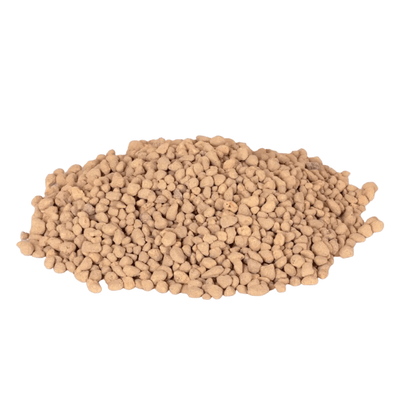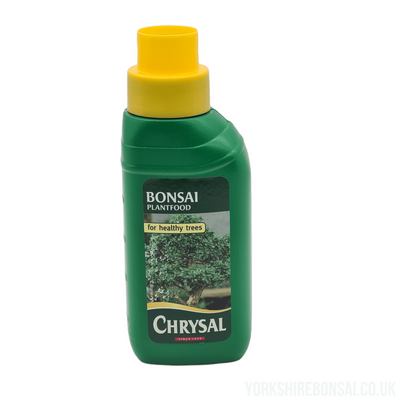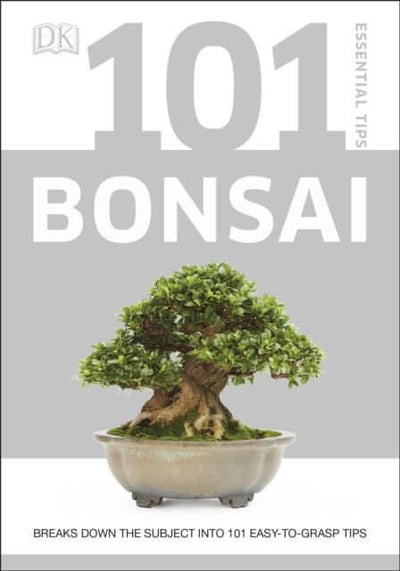Chinese Privet (Ligustrum Sinense) Care Guide
Chinese Privet (Ligustrum Sinense)
Indoor Care:
1. Location: Place your Chinese Privet bonsai near a bright window where it can receive indirect sunlight for most of the day. Avoid placing it directly in front of heaters or air conditioning vents, as these can cause rapid temperature and humidity fluctuations.
2. Temperature: Maintain a consistent room temperature between 60°F to 75°F (15°C to 24°C). Avoid exposing your bonsai to drafts or sudden temperature changes.
3. Humidity: Indoor environments tend to be drier, so increase humidity around the bonsai. You can achieve this by placing a tray of water near the bonsai or using a humidity tray with gravel and water. Mist the foliage occasionally, especially during winter when indoor heating can dry out the air.
4. Watering: Water thoroughly when the top inch of soil feels slightly dry to the touch. Use a well-draining bonsai soil mix and ensure that excess water can drain away. Overwatering can lead to root rot, so it's important not to let the plant sit in standing water.
5. Fertilizing: Feed your indoor Chinese Privet bonsai with a balanced liquid bonsai fertilizer every 4-6 weeks during the growing season (spring to early autumn). Reduce or stop fertilizing during the winter months when growth slows down.
Outdoor Care:
1. Location: Place your outdoor Chinese Privet bonsai in a spot that receives morning sun and afternoon shade. This will protect it from the intense midday sun during hot summer months. Ensure that it gets at least 4-6 hours of sunlight daily.
2. Temperature: Chinese Privet bonsais are hardy and can tolerate outdoor temperatures in the UK. However, protect them from severe frost during winter by moving them to a sheltered location, wrapping the pot in insulation, or placing them in an unheated greenhouse or cold frame.
3. Watering: Water your outdoor bonsai thoroughly when the top inch of soil feels dry. The watering frequency will depend on factors like weather and soil type. Ensure proper drainage to prevent waterlogging.
4. Fertilizing: Outdoor bonsais can be fertilized every 2-4 weeks during the growing season with a balanced bonsai fertilizer. Adjust the frequency based on the tree's growth and response.
5. Pruning and Shaping: Prune and shape your outdoor bonsai regularly to maintain its form and encourage branching. Structural pruning can be done in early spring before new growth starts.
6. Pests and Diseases: Monitor your outdoor bonsai for pests and diseases regularly. Aphids, scale insects, and fungal issues can affect outdoor plants. Treat any problems promptly to prevent them from spreading.
Remember that the care routine will vary based on your specific location, climate, and the particular needs of your Chinese Privet bonsai. Regular observation, adjustment, and learning from your bonsai's response will help you provide the best care.








